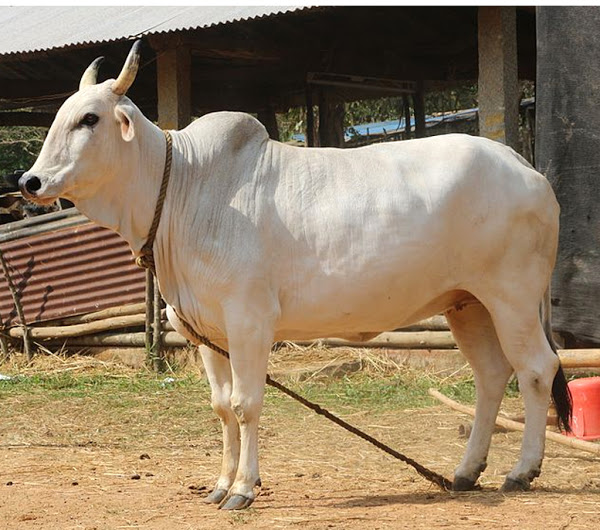Gangatiri is an indigenous cattle breed of India. It is known to be originated in the region along the banks of Ganga river in eastern Uttar Pradesh and western parts of Bihar state. This is an important dual-purpose breed of North India. The cows are fairly good milk yielders.
The Gangatiri cattle are mainly found in the ‘doaba’ belt of eastern Uttar Pradesh and adjacent area of Bihar state. The animals are kept in open or thatched housing nearby the farmer’s houses. Large herds were maintained in the diyara, the area adjacent to the river Ganga and kept only on grazing i.e. zero input system. In villages, farmers generally keep 2-3 cows and a pair of the bullock. The approximate population of the breed in the breeding tract was estimated at approximately 67 000. Average daily milk yield of Gangatiri cows ranged between 4-6 litres/day with a lactation length of 150 to 250 days. The overall body measurement of the breed was lesser than that of Hariana cattle. The breed is significantly contributing to the livelihood of the people due to its good draught ability and average milk production. Therefore, sincere efforts should immediately be undertaken for its genetic improvement by using semen of the Gangatiri bulls in the breeding tract.
